
views
Preparing the cast iron

Clean the cookware. It doesn't have to be 100 percent bare metal––scrape it off with a metal implement and then scrub repeatedly with small amounts of baking soda and soap until it stops making the soda black.
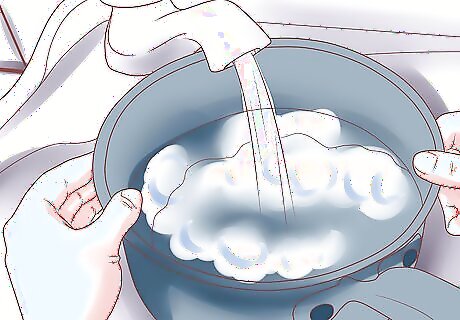
Rinse thoroughly and dry.

Pick a neutral, food-grade oil with which to season your cookware.

Warm your cast iron cookware up a little bit, if you wish. It's important to not warm the cookware so much that it makes it unable to be touched. Warming up your cookware before the application of oil or shortening can make the application easier.
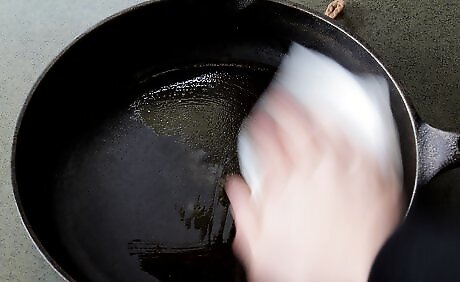
Apply a thin layer of oil or shortening onto your cast iron cookware. You can do this by placing a bit of oil or shortening onto a cloth or paper towel and rubbing it across the cookware's surface. Be sure to cover all sides of the cookware, including the exterior parts.
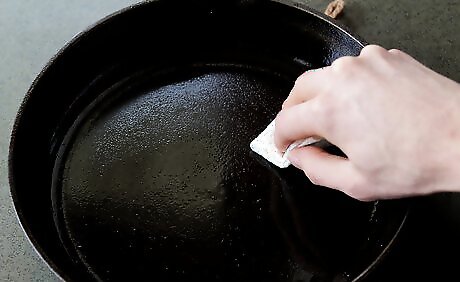
Use a clean cloth or paper towel to wipe off extra oil or shortening. The cast iron cookware should look as if all the oil or shortening has been wiped away. In reality, a thin coat will remain on the cookware, and this layer will cure the cookware.
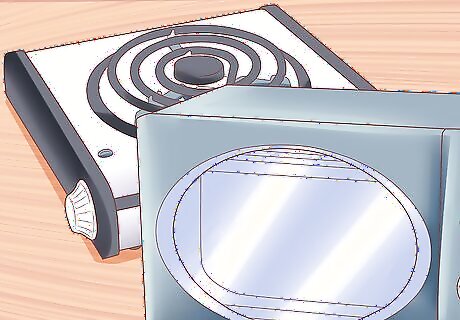
Choose between oven or stove curing. Each method is explained following.
Curing the cast iron
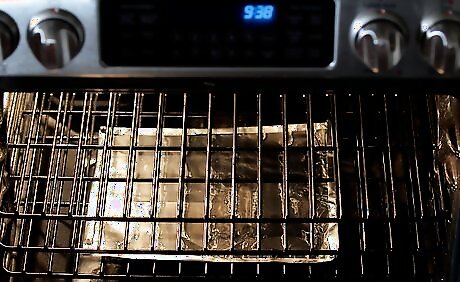
Use aluminum foil to protect your oven. Many people who season their cast iron cookware line a cookie sheet or the bottom of their ovens with aluminum foil so that the oil that drips off of the cookware will not touch the oven itself.
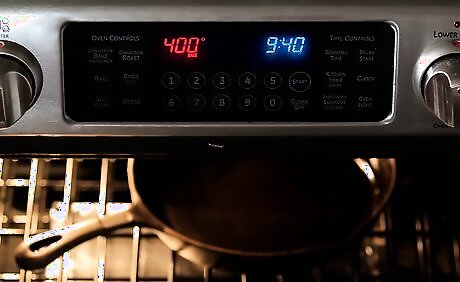
Place your cast iron cookware into your oven. You can choose a temperature anywhere between 350 to 500 Fahrenheit (176 to 260 Celsius). The perfect temperature depends on the size of your cookware and the amount of time you intend to cure it for.
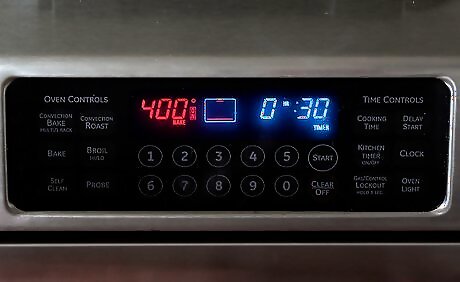
Allow the cookware to heat for about half an hour.
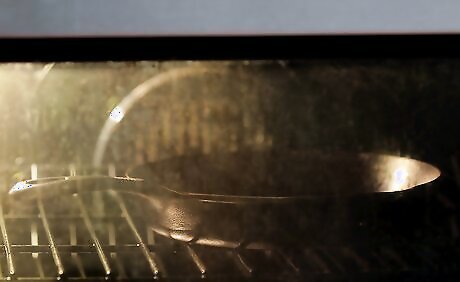
Turn the oven off and allow the cookware to cool.
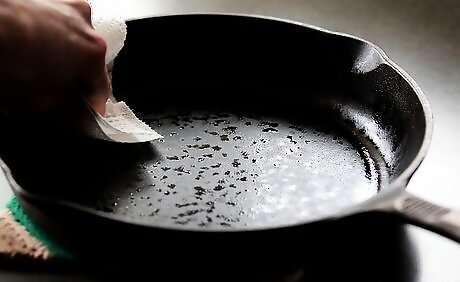
Take the cookware out of oven and remove any excess oil or shortening that may have presented during the initial heating.
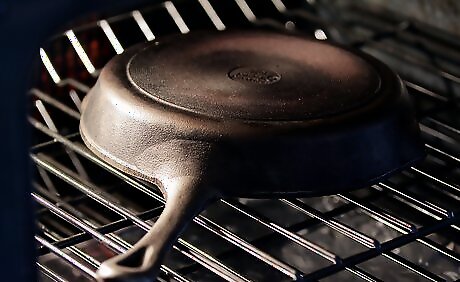
Put the cookware back into the oven, except this time, put it in upside down.

Reheat the cookware for at least 1 hour.
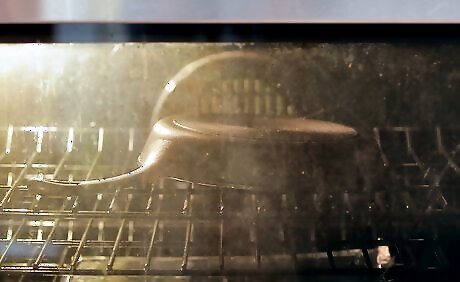
Let the cookware cool down to room temperature before removing it again.
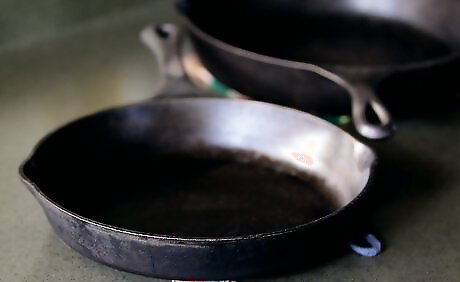
Consider repeating the seasoning process a few more times. Repeating the process of seasoning can result in thicker seasoning layers.
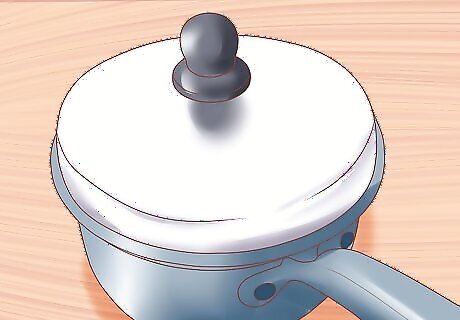
Cover the cookware with a lid. This could be a lid from the actual cookware or one borrowed from something else, such as a wok.
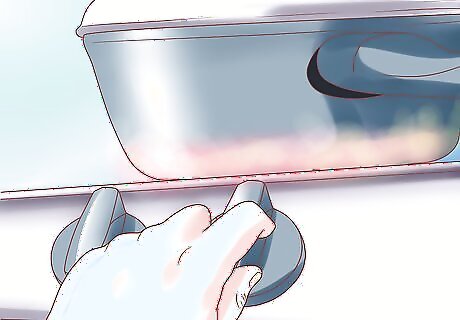
Place the cookware on a matching-size element on the stove. Start with a low heat and make sure the pan is evenly seated.

Every 5-15 minutes check for a light hazy smoke under the cover. If there's no smoke, increase the heat slightly.
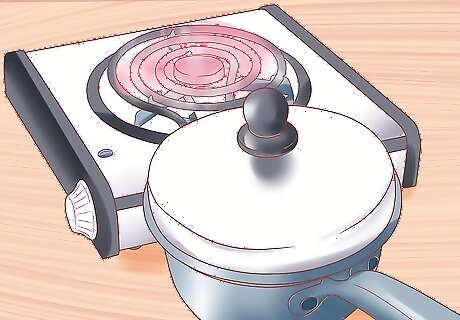
When increasing the heat slightly ceases to make the pan smoke, remove the pan from heat but leave the heat on. You found your ideal curing temperature.
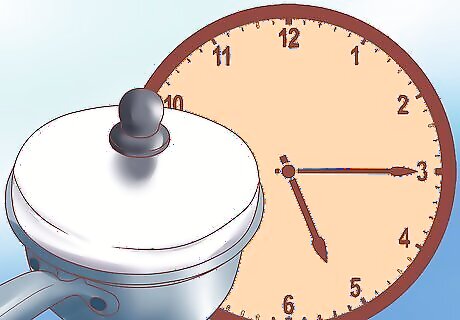
After the pan has cooled, apply another thin coat, cover, and let sit for an hour at the ideal temperature you found. Do this a total of two more times (three coats in total).

Finally (and from now on after every time you cook), scrub it out with a plastic brush and regular table salt. Then rinse thoroughly, towel dry, and apply a thin coat of your favorite cooking oil. The salt helps clean, sanitize, and preserves the temper by providing iodine which anchors the oil esters.




















Comments
0 comment